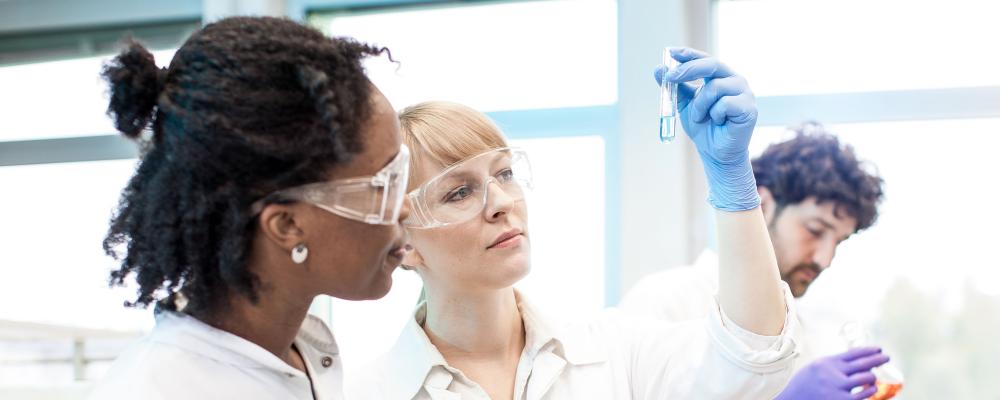Portal Our Laboratories


Modelling to predict the circulation of African swine fever in wild boar
African swine fever has not yet arrived in France but it is or has been circulating in several neighbouring countries. It is therefore important to know how this disease could spread if cases were detected in this country. Scientists from ANSES recently modelled its circulation in wild boar populations in two different parts of France. Their results highlight the importance of considering the topography of the landscape and of stopping hunting if the disease is detected.
African swine fever has been present in the European Union since 2014. There is currently no treatment or vaccine available against this disease, which infects both wild boar and domestic pigs. So far, no cases have been detected in France but the disease is circulating in Italy and Germany. It was also present in Belgium, from where it was eradicated in October 2020. Scientists from ANSES's Ploufragan-Plouzané-Niort Laboratory and the French Biodiversity Agency (OFB) recently modelled the circulation of African swine fever in French wild boar populations. Their study was published in the November 2022 issue of the journal Preventive Veterinary Medicine.
Landscape fragmentation influences the spread of the disease
"We chose to perform the modelling in two areas. The first was close to the Belgian border, because when we started our study, African swine fever was still circulating in this country. The second was the Pyrénées-Atlantiques département, because there are many pigs reared in the open air here, which can increase the risk of disease transmission between wild boar and domestic pigs" explains Nicolas Rose, co-author of the study and head of the Epidemiology, Health and Welfare Unit at the Ploufragan-Plouzané-Niort Laboratory.
The two regions have different topographies: the area near the Belgian border is highly fragmented, with a landscape intersected by roads and towns. Conversely, the Pyrénées-Atlantiques is more homogeneous and contains more continuous natural areas. Natural fragmentation of the landscape restricted the mobility of wild boar and slowed the spread of the disease. On the other hand, the simulated circulation of the disease lasted longer: 2.6 years on average in the Franco-Belgian border area compared to 1.6 years in the Pyrénées-Atlantiques. The longer the disease circulates, the greater the risk of it being transmitted to domestic livestock.
Stop hunting to prevent the spread of African swine fever
Another parameter varied by the scientists was whether or not recreational hunting took place. While hunting can bring down the number of infected individuals by reducing the susceptible population, it also disperses wild boar populations and therefore spreads the disease. This was particularly noticeable in the Pyrénées-Atlantiques, where African swine fever took an average of 300 days longer to disappear from the wild boar population if hunting was maintained. "Hunting is normally suspended from the moment a case of African swine fever is detected," says Nicolas Rose. "The scenario where hunting continues was therefore rather theoretical, unless the contamination of wild boar had gone unnoticed and the disease was therefore detected very late." Hence the importance of an effective detection capability.
A method for eradicating the disease
This modelling has shown that landscape fragmentation is a key factor in slowing the spread of African swine fever. After an observation phase to clearly define the infected areas and the areas to be monitored, the first measure to be adopted upon detection of the disease would therefore be to install barriers to reinforce fragmentation of the habitat. Another important measure to avoid contamination would be the removal of carcasses. Once the disease had been contained in an area and the number of infections had fallen, the next step would be to systematically cull all the wild boar in the infected area. This method was used to successfully eradicate African swine fever in Belgium and the Czech Republic.
ANSES scientists have also carried out work, not yet published, to model the transmission of African swine fever at the interface between wild populations and domestic pig farms. A third study is under way, in collaboration with the OFB, to model the possibilities of African swine fever spreading in the Franco-Italian area. The challenge here is to understand how topography, in particular altitude, influences wild boar movements, and thus to assess the speed and direction of disease spread in this area.